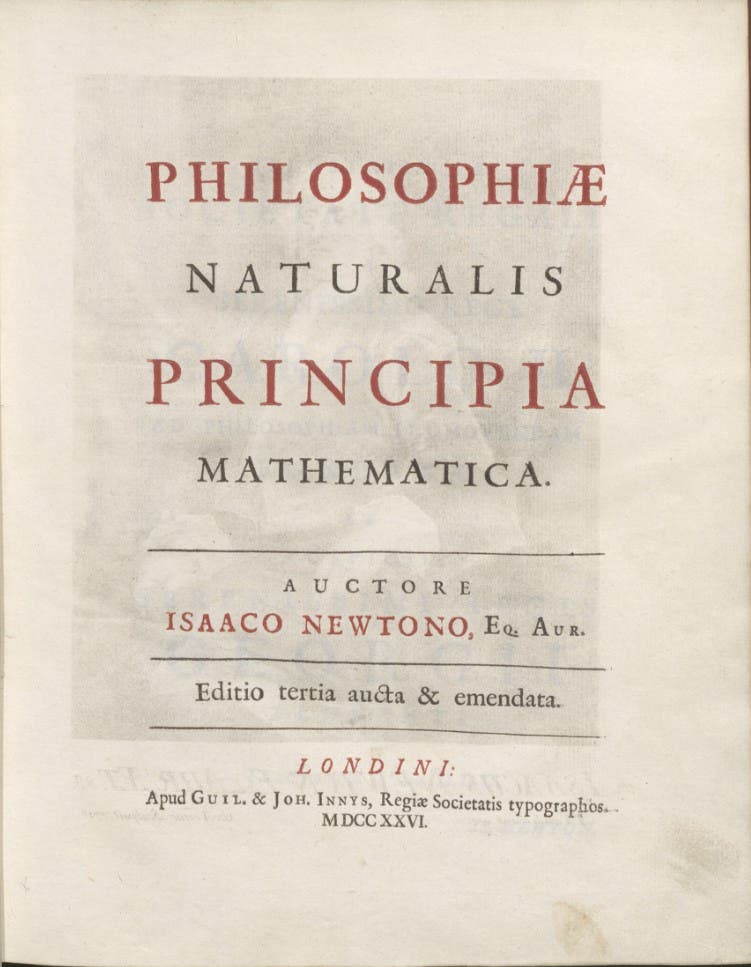The Revolution Continues: Johannes Kepler, Tycho Brahe and Isaac Newton
Alessia Tami (University of Zurich)
Elliptical Orbits and More Precise Instruments
The German astronomer and Lutheran Johannes Kepler was an outspoken supporter of Copernicus. Kepler was particularly drawn to the Copernican model of the solar system because of the beauty its arrangement conveyed to him.
Click here to learn more about Johannes Kepler.
Kepler’s crucial contribution to early modern astronomy was his realization that Mars’ orbit was closer to an ellipse than a perfect circle. Astronomers today concur that planets do indeed follow elliptic orbits. While developing his theory, Kepler worked in close collaboration with the Danish astronomer Tycho Brahe.
Click here to learn more about Tycho Brahe.
In his quest for more precise celestial measurements, including the height of stars measured in degrees above the horizon, Brahe built astronomical instruments of a size that had never been seen before. His mural quadrant was used to calculate the altitude of stars. It had a radius of almost two meters.
Isaac Newton’s Universal Law of Gravitation
Published in 1687, Isaac Newton’s Philosophiae naturalis principia mathematica (Mathematical Principles of Natural Philosophy) provided the definitive explanation for planetary orbits: the Sun’s gravitational pull, or, in other words, the universal law of gravitation.
Click here to learn more about Isaac Newton.
Newton gave the word “gravity” an added meaning when he used it to name the force by which a body – such as a planet – attracts objects towards its center. The universal law of gravitation identifies the Sun as the strongest gravitational force in the solar system on account of its mass.
In the centuries to follow, increasingly accurate empirical observations by a growing community of scientists would shed more light on our heliocentric universe.

Image source: Philosophiæ naturalis principia mathematica. Apud Guil & Joh Innys, 1726, Title page.

